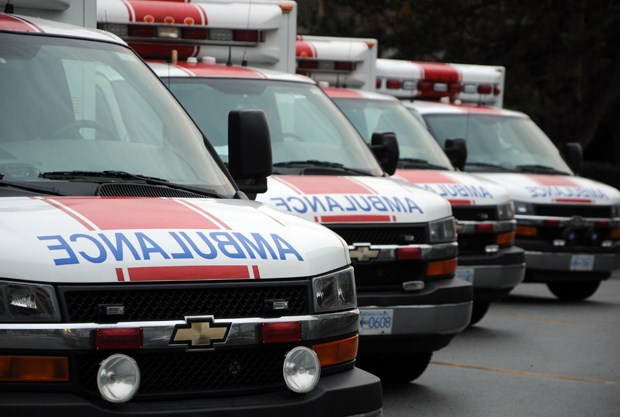With another heat wave approaching, B.C.’s chief coroner says she has directed coroners across the province to pay close attention heat death.
Lapointe told Glacier Media Friday that 570 deaths have now been attributed to the wave that hit the province at the end of June. That's a 300 per cent increase over the previous five-year average. Of those, 79 per cent were 65 years of age and older.
“That number may change because we are still getting reports from physicians who certified deaths that week due to heat but they didn’t realize they had to be reported to our agencies,” says the chief coroner.
During the heat wave, Lapointe says her colleagues reported many seniors had died alone, their windows shut in a baking hot apartment.
Pinning the cause of death on heat is .
“You can’t see it visibly because many of those who died had underlying medical conditions,” she explains. “It’s balance of probability: Would this person have died on this day [was it not] for the extreme heat?”
In addition to checking what date the TV guide was last opened to, coroners are now being asked to pay special attention to the temperature in the room and the availability of fans or open windows.
“We’re paying close attention to glass buildings being really not the best type of building when you’re looking at climate warming,” Lapointe says.
“What are the buildings they’re living in? Assisted living facilities? Whether people died because of ambulance waits — we’re still gathering the data.”
As wildfires continue to burn across B.C., Lapointe says coroners are also paying close attention to the impacts of smoke and whether it could lead to a spike in deaths.
A GAP IN TRACKING DEATH DUE TO CLIMATE
Lapointe says across Canada, there’s a gap between how provinces record heat and smoke deaths. That’s hampered the coroners’ ability to learn from other jurisdictions and track threats to public safety like it did with the arrival of fentanyl and COVID-19.
“What we need is a common approach so that we’re all looking at these deaths the same way and gathering the same information,” she says.
“This is not hypothetical. This is here. We’re going to have to find ways to cope and mitigate it because we don’t want it to get worse.”
WHAT ABOUT HEAT DOME INJURIES?
It’s not just heat deaths that can go undercounted.
On Friday, representatives of the Canadian Association of Physicians for the Environment and the West Coast Environmental Law Association said that, during the June heat wave, thousands of people across the province sought medical help for conditions like heat stroke, dehydration and even brain injury.
However, there's no way to track the extent of the problem.
Doctors submit a billing and diagnostic code based on a patient's condition so they can be paid by the province, but no code exists for illness related to heat waves.
Dr. Melissa Lem, incoming president of the physicians' group, says she was using a code for headache for some of her patients suffering from the effects of heat in late June, but it didn't include symptoms linked to the extreme heat.
“I saw more heat-related illness than I had ever seen in my career,” says Lem, a family doctor in Vancouver.
Lem says doctors should be directed to use a specific billing and diagnostic code for heat illnesses. That way, accurate data are collected to support patients, she says.
“We shouldn't just be tracking deaths, we should also be tracking heat injuries.”
The B.C. Health Ministry says the province "is developing a plan to prepare and adapt to climate change" that builds on steps it has already taken to protect public safety.
Lem estimates nearly 10 people suffered some kind of heat-related sickness for every person who died in B.C., amounting to between 5,000 and 6,000 visits to doctors' offices and emergency rooms.
“I think we need to get better at tracking that as climate change warms our coast and it warms our province,” she says.
“We just need to have the data so we can better prepare on a systemic level, from ambulances to hospitals to establishing cooling centres to getting alerts out to vulnerable people like elders who are in their apartments and don't necessarily have access to air conditioning.”
With files from Camille Baines/Canadian Press
Stefan Labbé is a solutions journalist. That means he covers how people are responding to problems linked to climate change — from housing to energy and everything in between. Have a story idea? Get in touch. Email [email protected].




